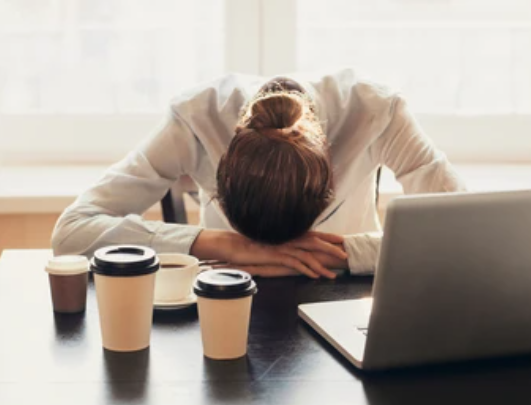It has been a stressful time and now you are exhausted. You
feel drained. Could it be adrenal fatigue?
Adrenal fatigue has become a controversial topic since the
term was first coined by a chiropractor in 1998.
Most medical professionals say adrenal fatigue is not a real
disease; yet alternative health practitioners offer many tests and treatments
for it.
Adrenal fatigue makes sense on paper. Your adrenal glands
produce cortisol, and they produce lots of it when you are under stress. The
theory is that when you are under prolonged stress, your adrenals become
fatigued and you run out of control.
This then leads to the classic symptoms: dragging tiredness,
brain fog, depressive mood, salt and sweet cravings or nervousness.
Yet these could be symptoms of any number of other issues,
including low iron, sleep apnoea, auto immune diseases and mental health
conditions. They are also common symptoms of stress in general.
What does the research say?
Harvard Health recently reported on a review of 58 studies
which concluded, “there is no scientific basis to associate adrenal impairment
as a cause of fatigue.” Yet Harvard Health also acknowledged that it is
problematic, because there is no formal criteria to define and diagnose adrenal
fatigue.
Doctors at the Adrenal Program at Cedars Sinai in the USA
are more direct. “Adrenal fatigue is not an actual disease,” says
endocrinologist Dr Anat Ben-Shlomo.
“Stress can have an impact on our health, but it doesn’t
affect your adrenals this way. When you’re stressed, the adrenal glands
actually produce more of the cortisol and other hormones you need. They will
give you all that’s necessary.”
Both Harvard Health and Dr Ben-Shlomo warn against taking
cortisol supplements for adrenal fatigue.

Harvard Health gives an important word of caution: “some
medical professionals prescribe cortisol analogs to treat adrenal fatigue.
Cortisol replacement can be dangerous even in small doses. Unintended
consequences can include osteoporosis, diabetes, weight gain, and heart
disease.”
Dr Ben Shlomo explains further: “the supplement can make you
feel good at first because it’s a steroid. But over time, it can actually
inhibit your adrenal glands.”
How to manage the symptoms
The treatments usually offered by alternative health
practitioners for adrenal fatigue are sensible, and will probably help. This
includes cutting down on coffee and alcohol, eating more fruit and vegetables,
doing light exercise and prioritising sleep.
What about adrenal insufficiency?
As opposed to adrenal fatigue, adrenal insufficiency is a
medically accepted diagnosis, and occurs when your body doesn’t produce enough
of the hormone cortisol.
Chronic adrenal insufficiency is measured by a blood test
that measures cortisol levels.
Rather than purely a stress response, adrenal insufficiency
is most often caused when your immune system attacks your healthy adrenal
glands by mistake. Other causes include cancer, tuberculosis and inherited
disorders of the endocrine glands.
Primary adrenal insufficiency, also called Addison’s
disease, occurs when your adrenal glands are damaged. It’s quite rare but can
occur at any age.
If you’re concerned, see your doctor for proper testing.